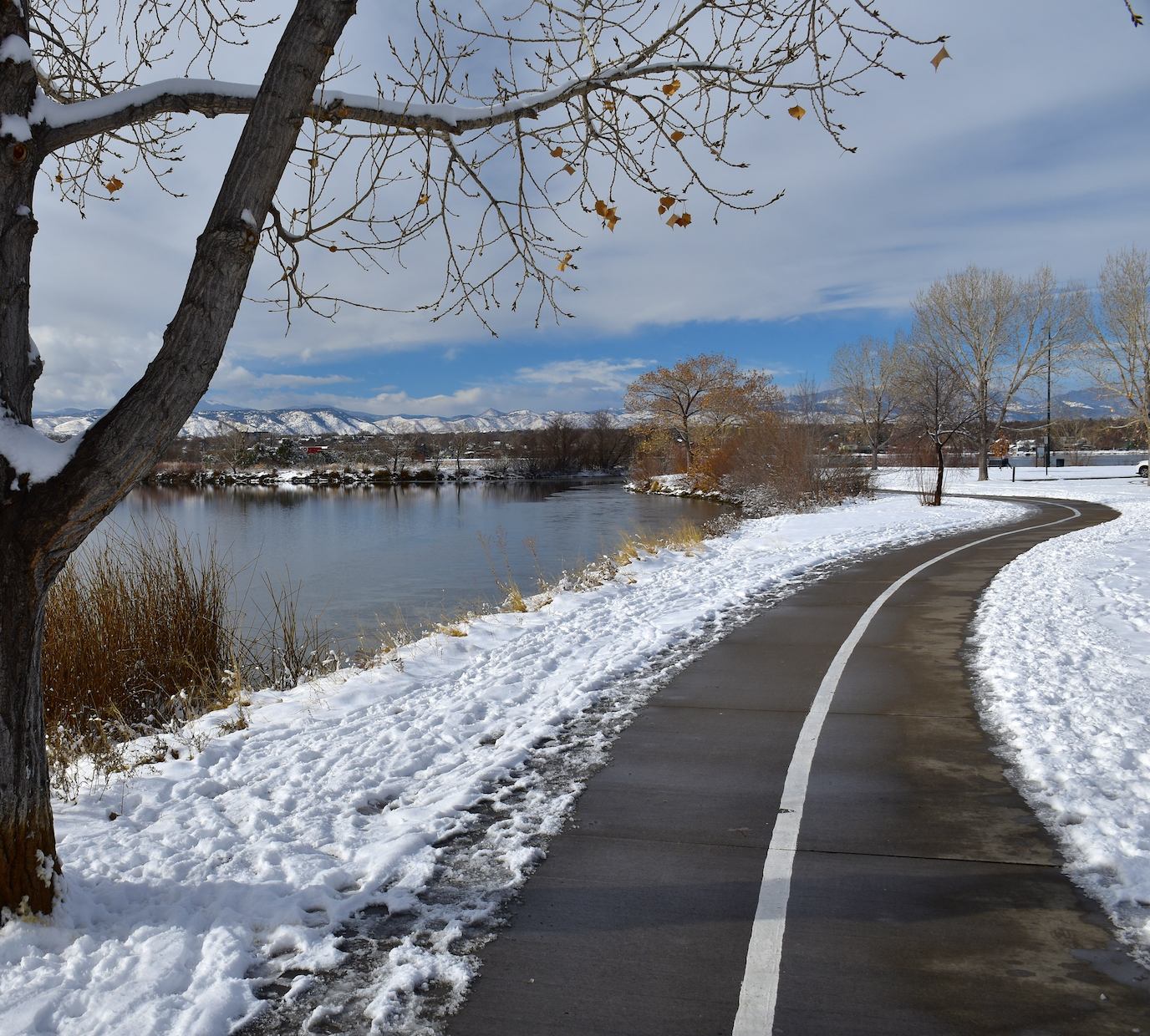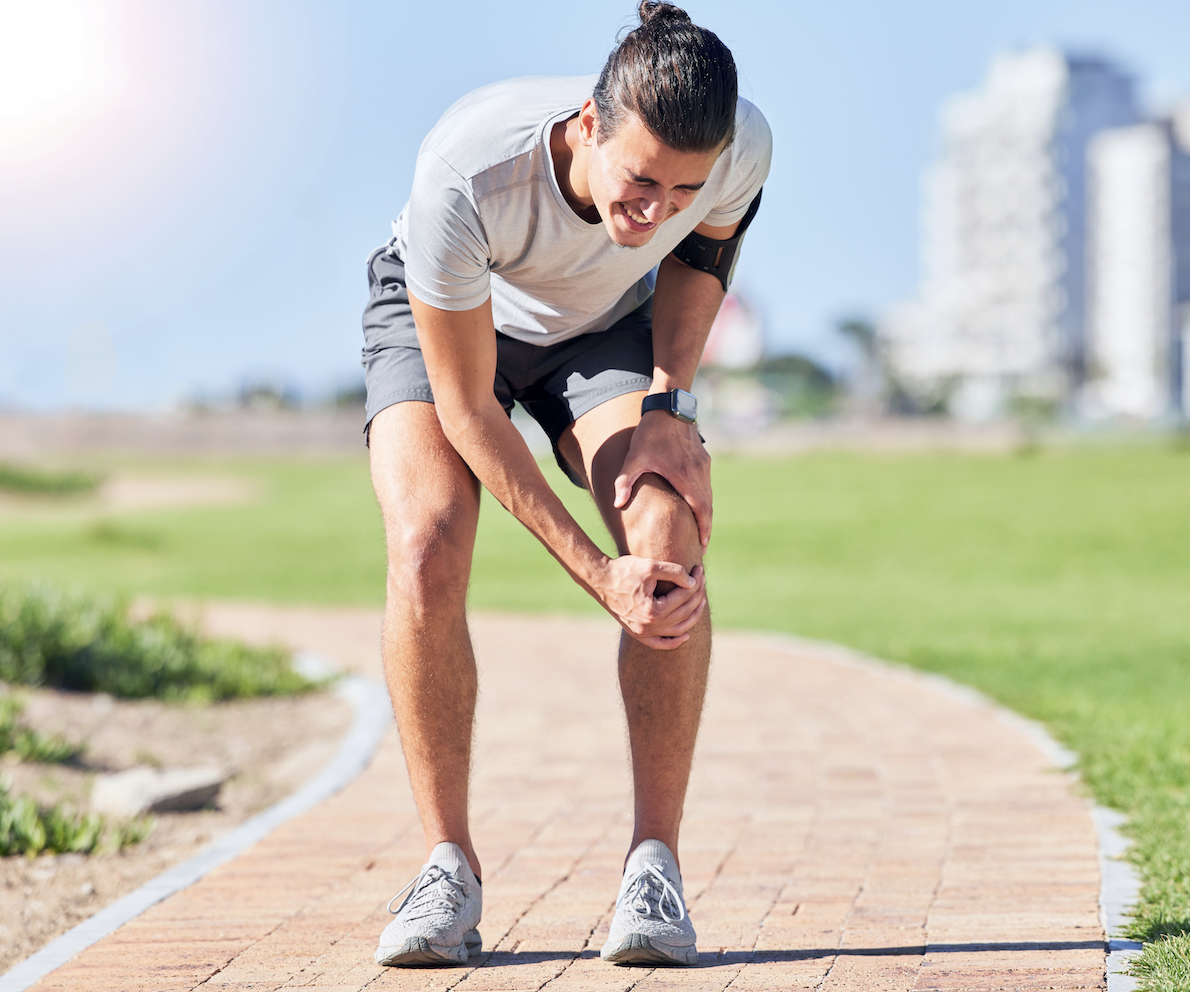While the snow and cold are late to come this year, we know they are on their way. Living in the Denver-metro area means a high population of active, healthy people who get outdoors – even in the cold. Slips and falls from ice are common causes of orthopedic injuries – but how do we avoid them?
The dangers of ice
Even the thinnest sheet of ice can be a serious hazard. It can throw somebody completely off balance, causing them to fall. Black ice, specifically, is dangerous because it is difficult to see and anticipate. When you slip on ice, your body tries to compensate for the fall by reaching out your hands, which can cause wrist and shoulder injuries. Other times, individuals may fall backwards, leading to fractures and spine injuries.
Every year, thousands of individuals wind up at the emergency room or at their orthopedist after having a misstep outside during the winter. Such falls can cause injuries like fractures, sprains, dislocations, and even head injuries. Older adults or those who have trouble balancing are particularly prone to these types of falls.
The good news is that many ice-related injuries are preventable. With just a couple of precautions, you can significantly reduce your chances of getting hurt.
Be vigilant and take it slow
When you know that there are icy conditions, take your time and keep an eye out. If you’re rushing around, you may not notice the sheet of ice ahead. Additionally, the faster the move the harder your fall. You’ll also want to try to avoid distractions like looking at your phone while walking.
Don’t be afraid to use support
In the winter months, it’s always a good idea to use support if available. This usually means using the handrails when walking up and down the stairs. However, even when you’re out and about, you can use your car or walls to help maintain your balance. For older individuals, using a walking stick or trekking pole with an ice tip attachment can be particularly helpful.
Do the penguin walk
Ever heard of the penguin walk? It’s exactly what it sounds like: waddling like a penguin. Shuffling with short steps, your toes outward, and your hands and arms out is the safest way to maneuver icy conditions. It decreases your risk of slipping, and if you do slip, makes it easier to catch yourself to avoid serious injury.
Opt for winter footwear
Icy conditions are not the time to try out your most stylish and least practical shoes. Instead, shoes with non-slip rubber soles and deep treads for traction can provide a strong first line of defense against slippery surfaces.
Dealing with injuries after a fall
Even when implementing all of these tips, some falls on the ice are unavoidable. If you find yourself suffering from an injury after slipping, you’ll want to seek expert consultation from an experienced orthopedic doctor like Dr. Imran K. Choudhry and Dr. Eric J. Lindberg at Orthopedic Associates. Read more about Dr Choudhry’s experience with injuries from shoulders to fingertips here, and Dr. Lindberg’s experience from your toes to your ankles here.
Curious about how certain orthopedic procedures work? Check out our animated procedure library online https://denverortho.com/patient-education/
Make an appointment today and get yourself back on track!



